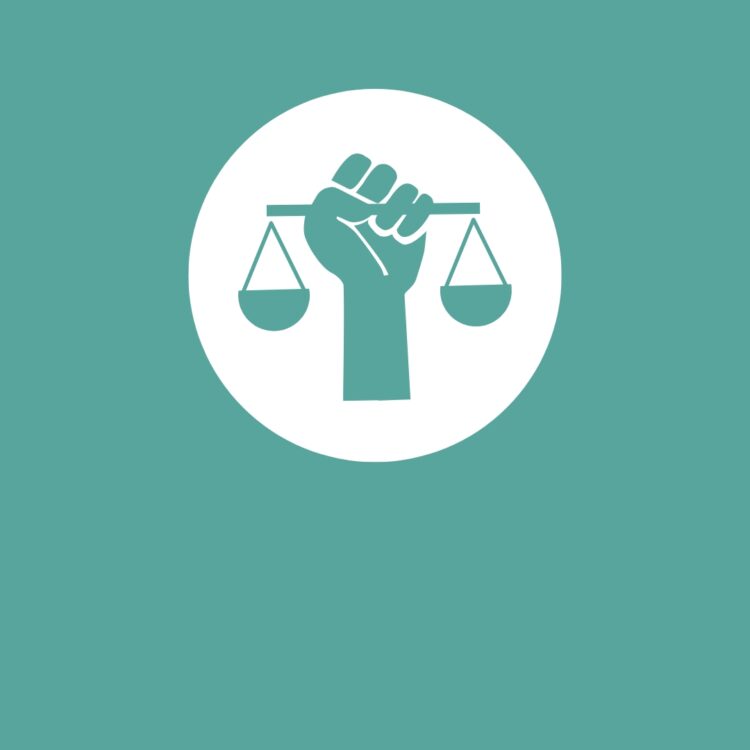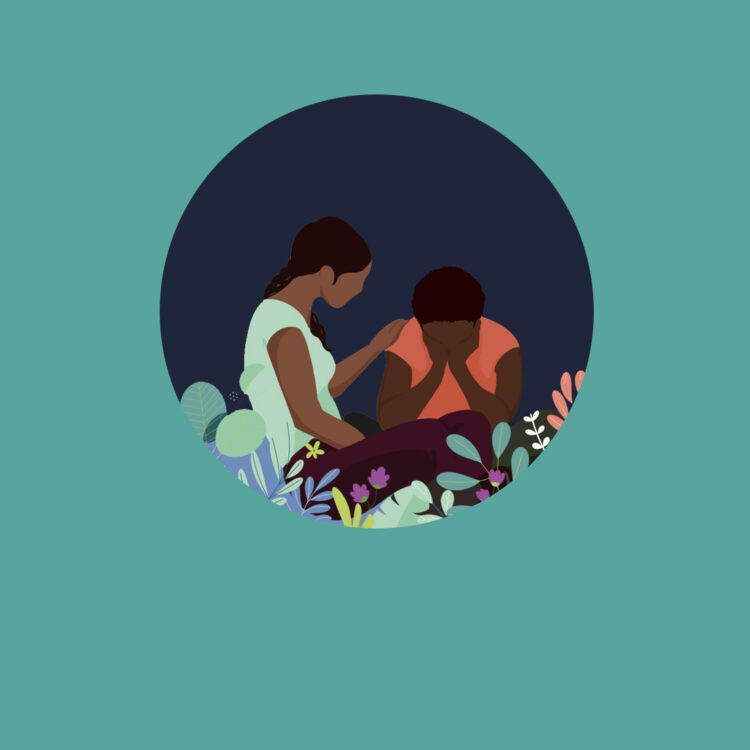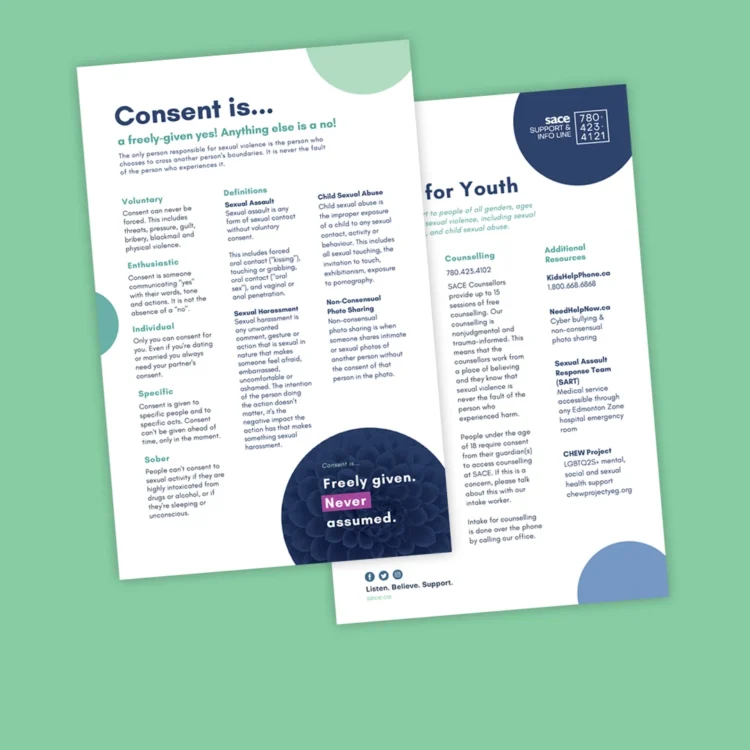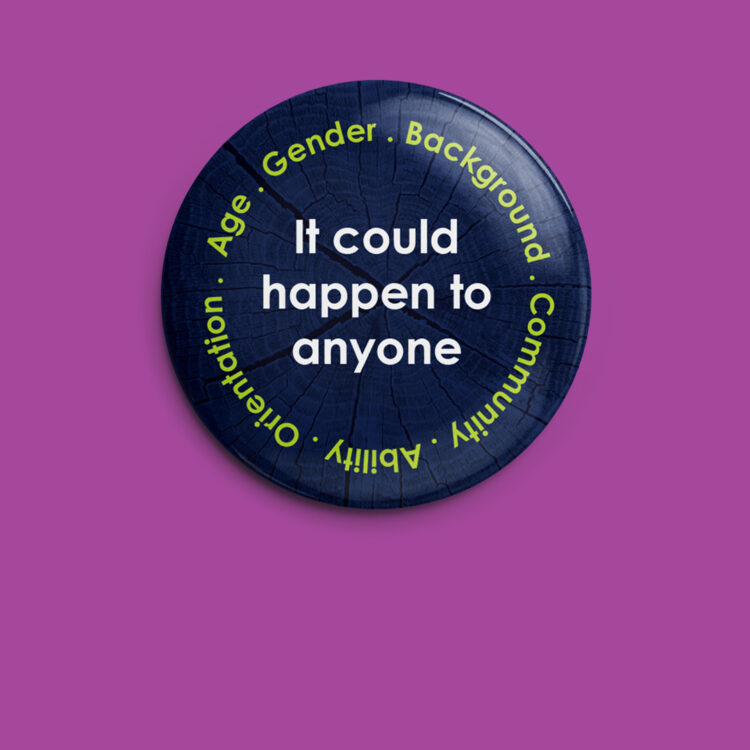- “What did you expect going out dressed like that?”
- “Why didn’t they fight back?”
Victim Blaming
Whether it’s in day to day conversation or in the media, a common response to disclosures or mentions of sexual assault is a phenomenon called victim blaming. But what is victim blaming?
Though the term might be unfamiliar, what it looks like in practice is all too familiar. It’s questioning people who experience violence — especially sexual violence — about their actions, and what they could have done to prevent it, or worse, invite it. It’s pointing out supposed weaknesses or differences in a person that could have made them a target. In general, it’s the common tendency for people to look for the cause of violence as something the person who experienced harm did or didn’t do to prevent it.
Some victim blaming examples:
- “You shouldn’t have gone home with them.”
- “Why did they get so drunk?”
These responses often stem from a belief that there are specific things people can do to avoid being harmed, a comforting belief that increases the bias holder’s feeling of safety. Another common belief that feeds victim blaming is the idea that we live in a just world, and people get what they deserve, whether good or bad. Finally, people don’t want to believe that people they know and trust are capable of harmful behaviour: this leads them to doubt or even firmly reject any information that contradicts this– even when it comes from another person they know and trust.
A Victim Blaming Definition
Victim blaming can be defined as someone saying, implying, or treating a person who has experienced harmful or abusive behaviour (such as a survivor of sexual violence) like it was a result of something they did or said, instead of placing the responsibility where it belongs: on the person who harmed them.
What is important to understand is that sexual violence is never, ever the fault of the person who experiences it: sexual violence happens because someone chooses to use harmful behaviours, not because someone is wearing a certain item of clothing, said a certain thing, or was in a certain place.
It’s important to remember that people always have the right to do what makes them feel safest, but at the end of the day, they should never be expected to limit their own actions, freedom of expression, or freedom of movement in anticipation of someone else’s potential for abusive behaviour. We need to recognize that people are never required to say no “strongly enough”, to fight back against an assault, or to follow the many and sometimes conflicting commonly circulated safety tips, in order to avoid the potential for being harmed by another person. It doesn’t matter what you wore, where you were, if you had a drink, or what someone thought: a person is never “asking for it”. And no one has the right to perpetrate sexual violence, under any circumstances.
Victim blaming not only discourages survivors from coming forward for fear they’ll be blamed, it also actively shifts focus away from holding the person doing harm accountable.
Engaging in victim blaming, in addition to not being a helpful response, can also be very damaging. A negative response, whether not being believed or being blamed, is a common fear many survivors of sexual violence have, which is one of many reasons why 97% of sexual assaults are never rarely to law enforcement in Canada. We also know that sexual assault is unfortunately very common, with 1 in 3 girls and at least 1 in 6 boys experiencing sexual abuse/assault by the age of 18 in Canada. People who have experienced sexual violence often report feelings of fear, stigma and self-blame regarding their experiences, and the pervasiveness of victim blaming can be a barrier to survivors receiving the support and help they deserve.
We all deserve to live in a world free of sexual violence. By pushing back against victim blaming, we can make our conversations and our communities safer for everyone.
You can find videos with more information about victim blaming below. To learn more about ways to support survivors of sexual violence, please visit the Get Help and Learn sections of our website to learn more about how to respond to disclosures.
Definitions
The improper exposure of a child to any sexual contact, activity, or behaviour. This includes all sexual touching, the invitation to touch, exhibitionism, exposure to pornography.
Forcing another individual, through violence, threats (physical or emotional), pressure, deception, guilt, to engage in sexual activities against their will.
A voluntary agreement between 2 or more people to engage in sexual activity. Consent must be clear, informed, voluntary, sober, act and person-specific, ongoing, mutual, active, and come directly from the individuals engaging in the sexual contact. It is impossible to get consent from children, though close-in-age and peer-experimentation exceptions exist for youth ages 12-15.
A society or environment in which obtaining consent and respecting boundaries is the norm, for both sexual contact and everyday activities.
The advocacy of women’s rights on the basis of the equality of the sexes.
An intersectional approach to service delivery that acknowledges that the root of sexual violence is power inequality and works to reduce barriers that groups and individuals face when seeking support and volunteer or employment opportunities.
When an intimate photo or video is shared or taken without the voluntary consent (read consent definition above) of the person in the photo or video (Source: savedmonton.com)
Person-first language recognizes that a person is more than any one experience and that labels are sometimes harmful. People who have experienced sexual violence may use terms like victim or survivor to describe themselves, or they may use words like offender or perpetrator to describe the person who harmed them. Terms that resonate for one person may not fit for another person for a variety of reasons, and SACE supports a person’s right to self-determine their identity and experience. This is why at SACE, we default to person-first language such as “person who experienced sexual assault”, or “person who used abusive behavior”, unless speaking with or about an individual who has identified how they would like their experience to be talked about.
A society or environment whose prevailing social attitudes have the effect of normalizing or trivializing sexual assault and abuse.
Sex trafficking is a form of sexual exploitation. Human trafficking for the purposes of sexual exploitation is a crime and Canada has specific legislation in the Criminal Code (S. 279) and in the IRPA (Immigrant and Refugee Protection Action) (S. 117 & 118) to address all types of human trafficking (sexual exploitation, labour exploitation, organ, debt servitude) There are three elements to constitute human trafficking: Action + Means + Purpose.
Sexual abuse is most often used to refer to Child Sexual Abuse. To learn more about this, read the definition above or our section on Child Sexual Abuse.
Any form of sexual contact without voluntary consent, including unwanted: oral contact (kissing); sexual touching; oral-genital contact; and/or vaginal or anal penetration.
Any actual or attempted abuse of a position of vulnerability, differential power, or trust, for sexual purposes, including, but not limited to, profiting monetarily, socially or politically from the sexual exploitation of another.
Any unwanted comment, gesture, or action that is sexual in nature that makes someone feel afraid, embarrassed, uncomfortable or ashamed. The intention of the person doing the action doesn’t matter, it’s the negative impact the action has that makes something sexual harassment.
Sexual violence is an umbrella term that refers to any form of non-consensual sexual behavior, including sexual assault, sexual abuse, sexual harassment, sexual exploitation, sex trafficking, and sexual violence facilitated through technology.











